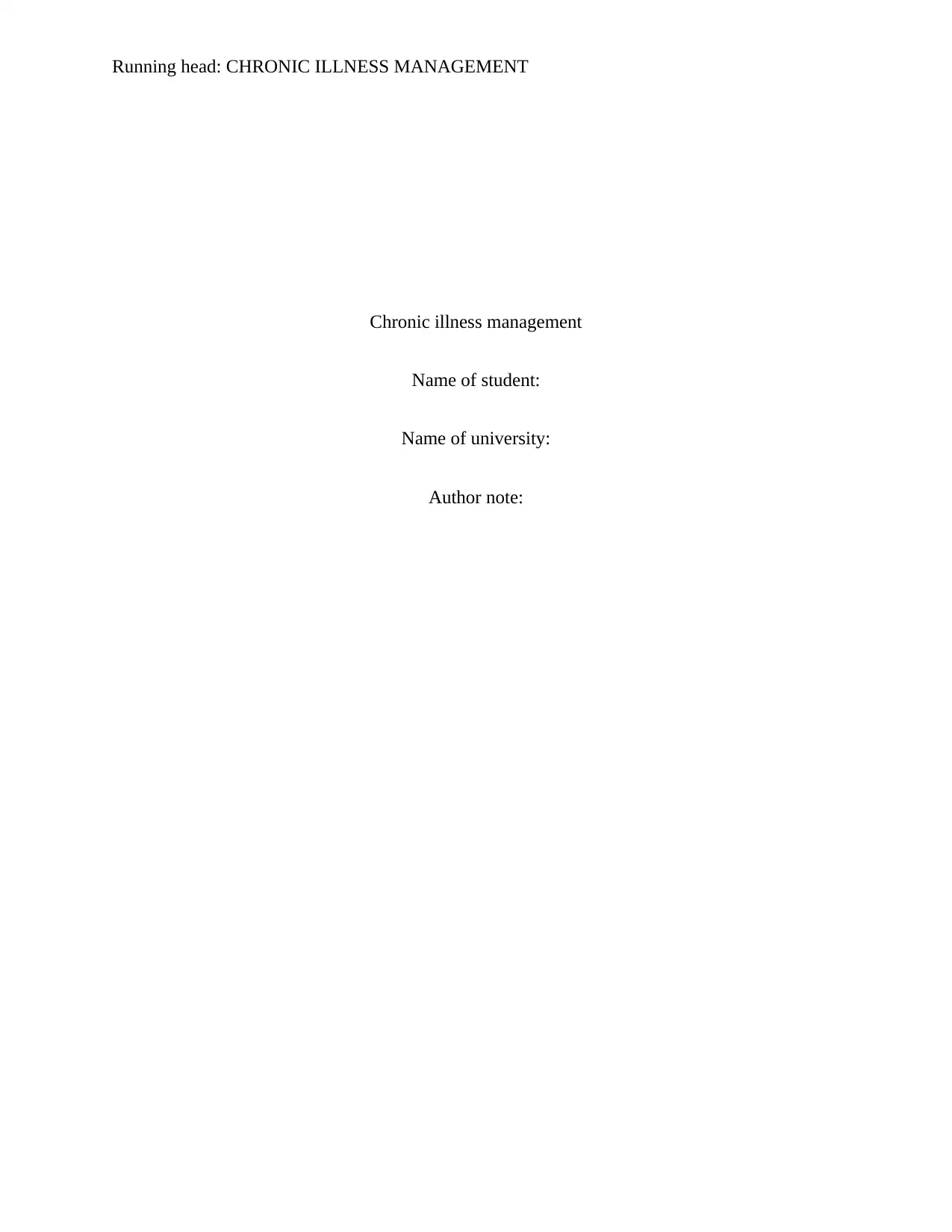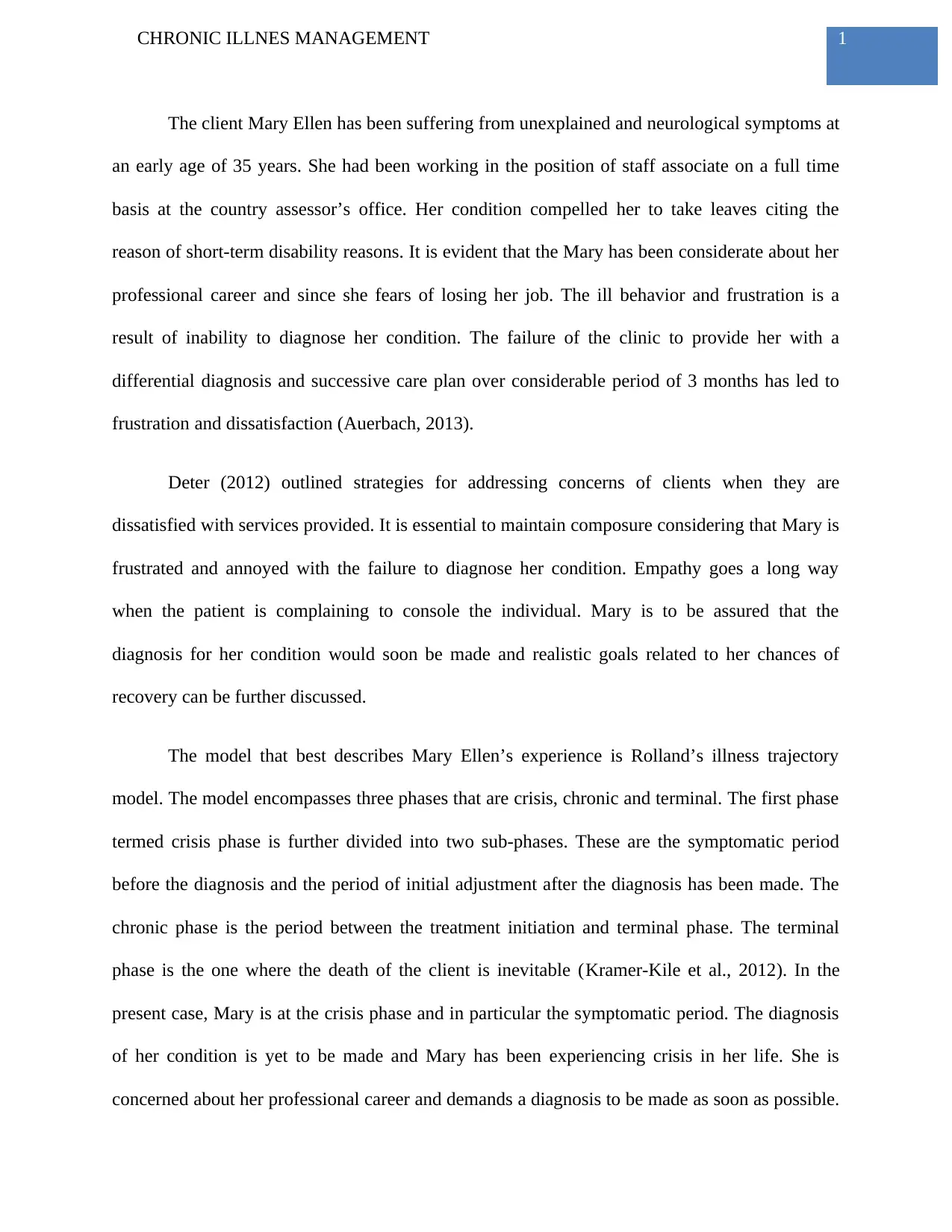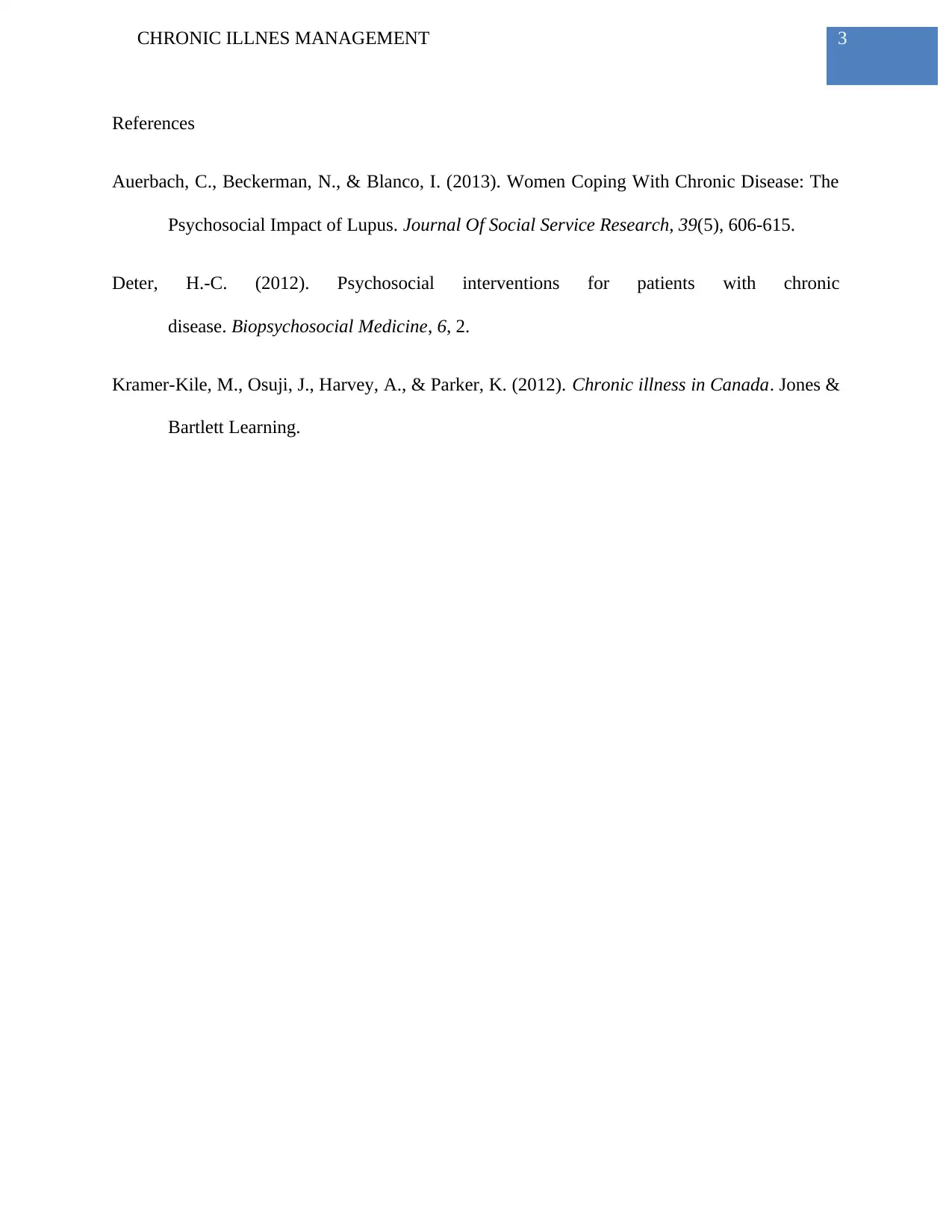Applying Illness Models: Analyzing Mary Ellen's Chronic Condition
VerifiedAdded on 2023/06/10
|4
|527
|93
Discussion Board Post
AI Summary
This discussion post analyzes the case of Mary Ellen, a 35-year-old woman experiencing unexplained neurological symptoms and the challenges she faces in obtaining a diagnosis. The analysis focuses on applying Rolland's illness trajectory model to understand Mary Ellen's current situation, placing her in the crisis phase, specifically the symptomatic period before diagnosis. The post emphasizes the importance of empathy and reassurance in addressing patient frustration and dissatisfaction with healthcare services. It references Chronic Illness in Canada to support the application of the chosen model and provides insights into managing chronic illness experiences.
1 out of 4





![[object Object]](/_next/static/media/star-bottom.7253800d.svg)